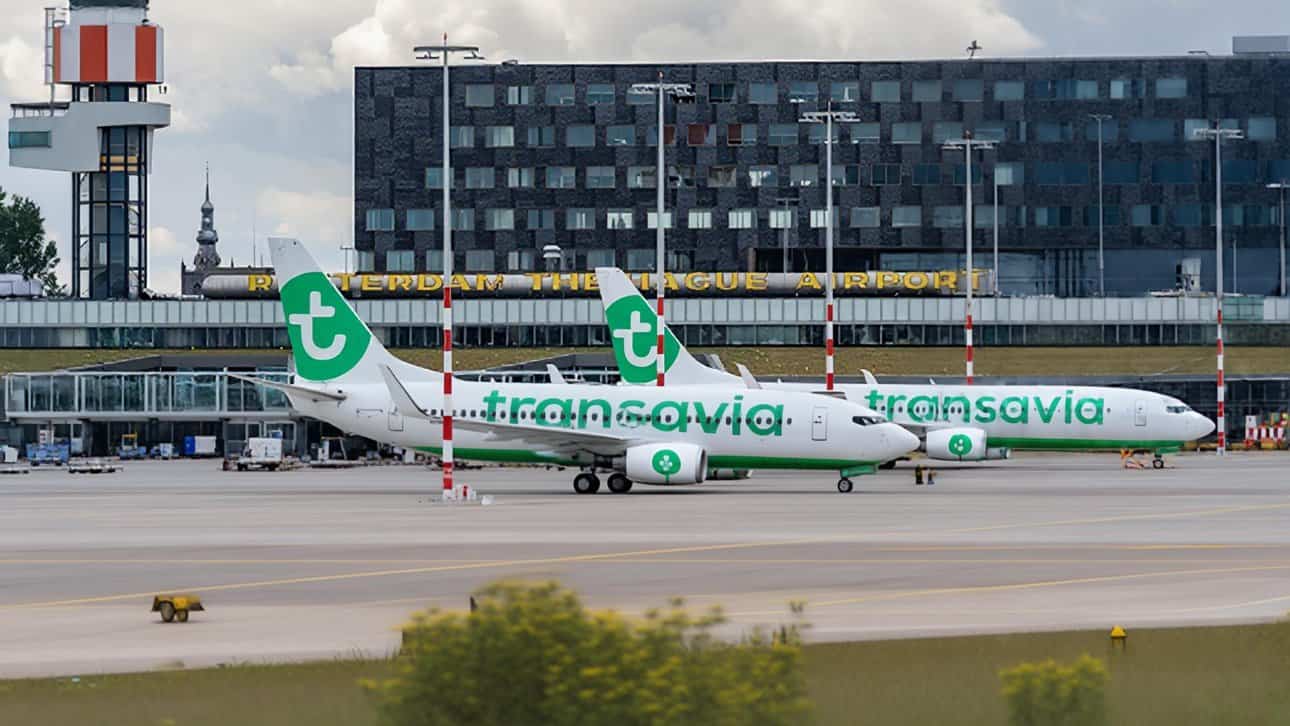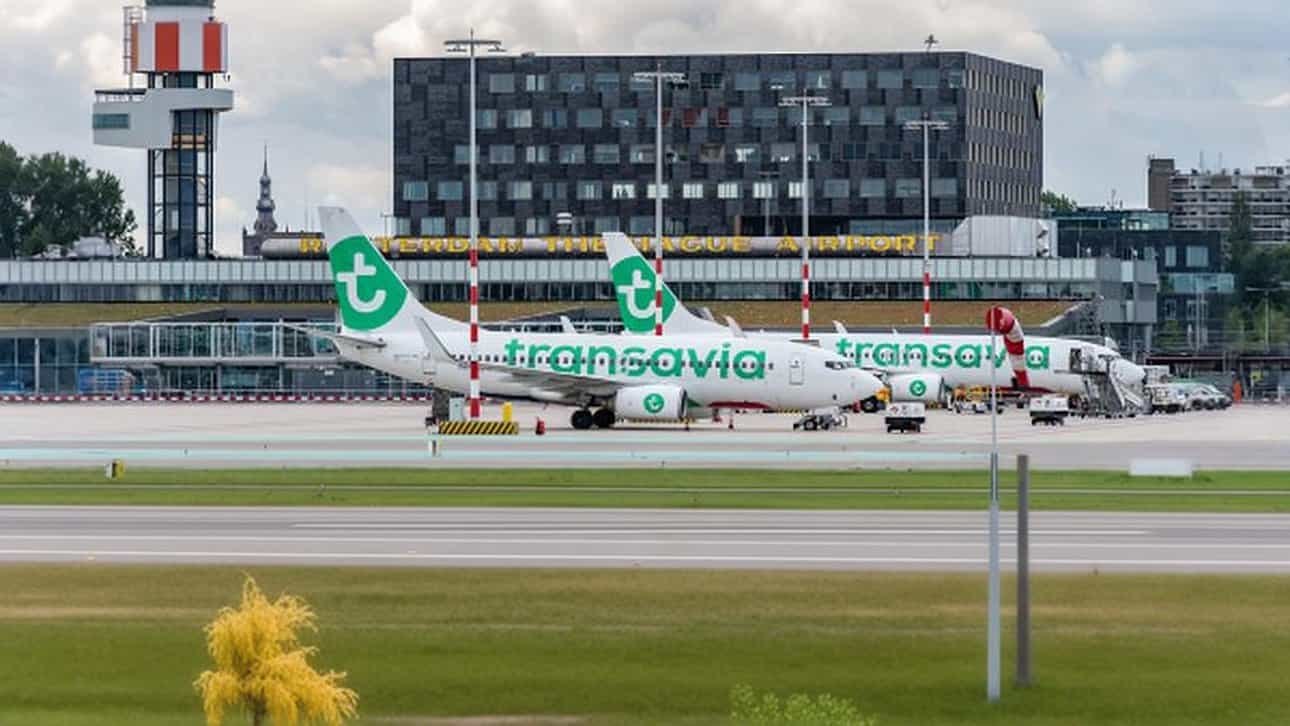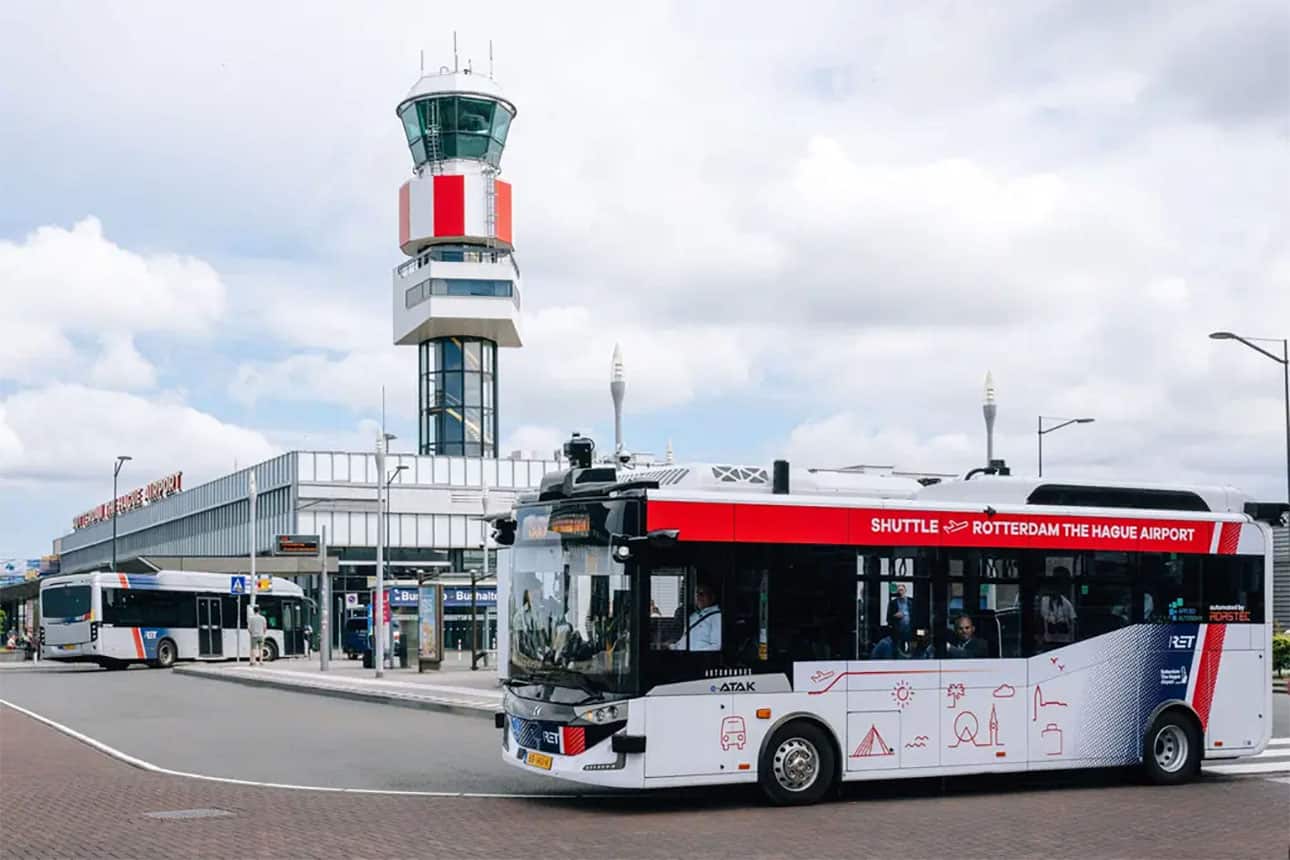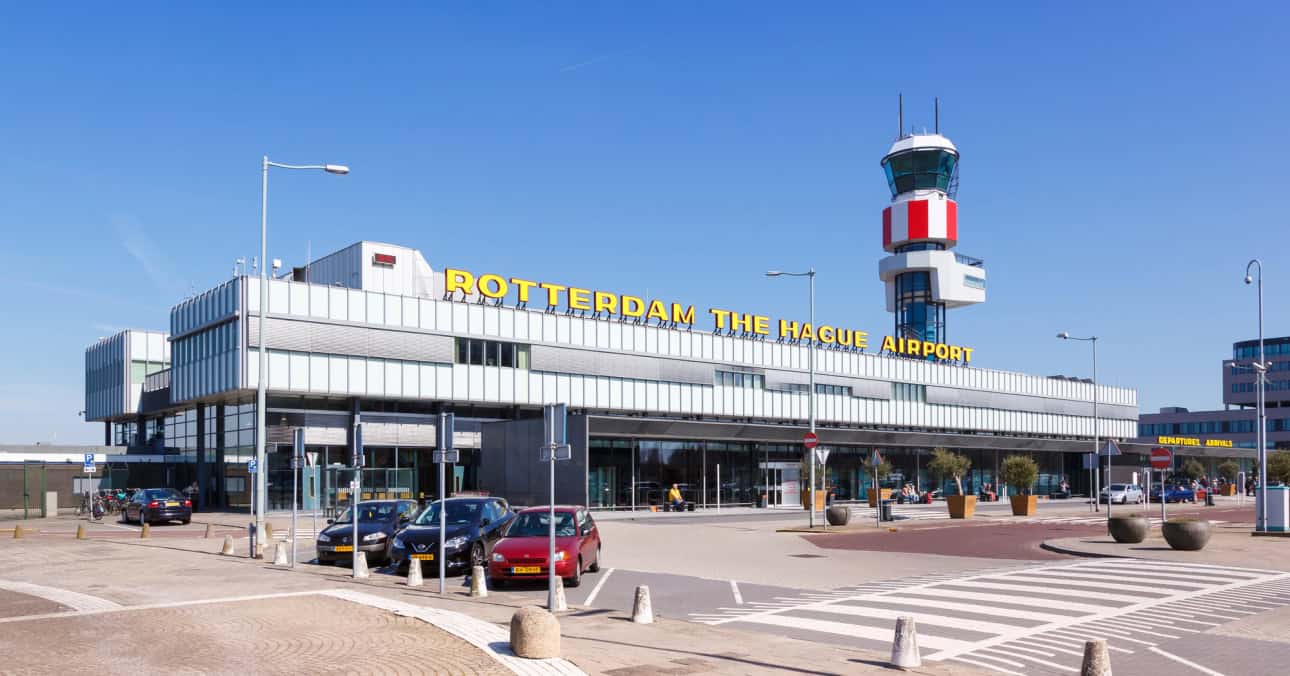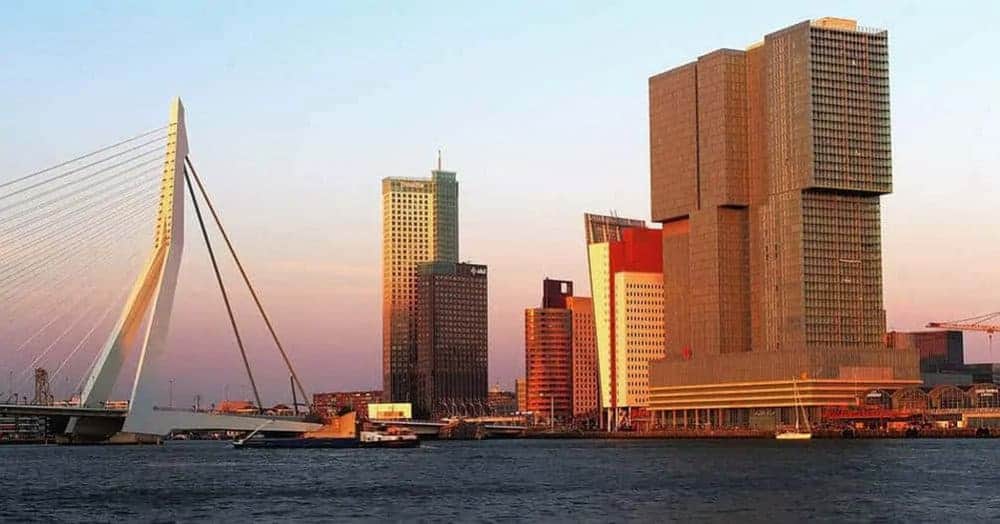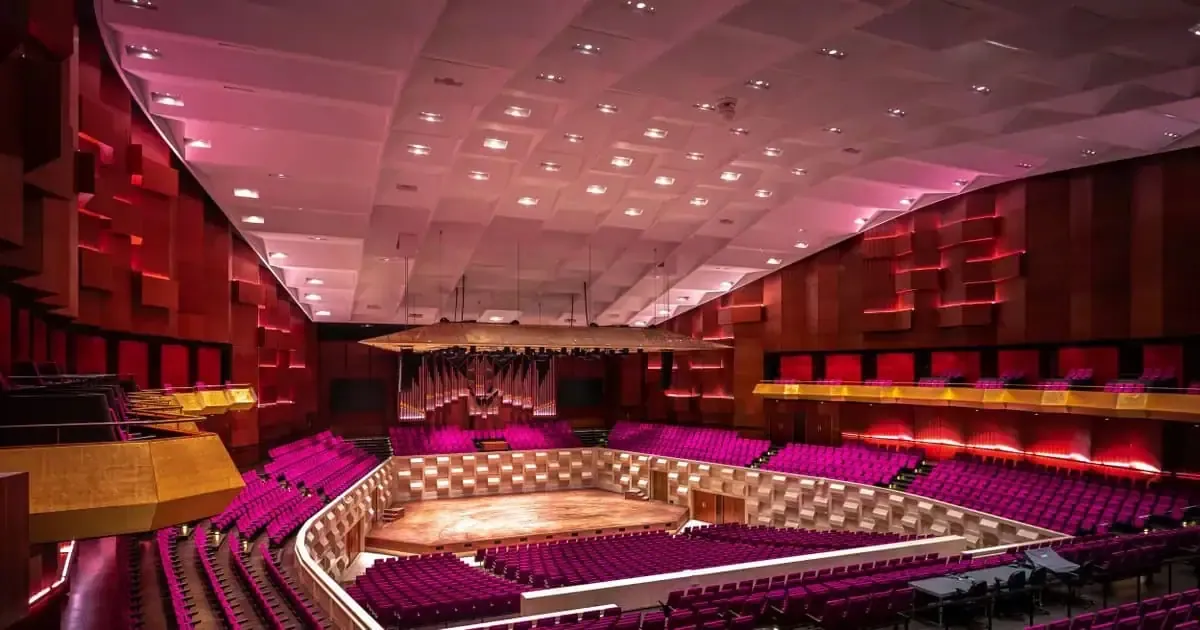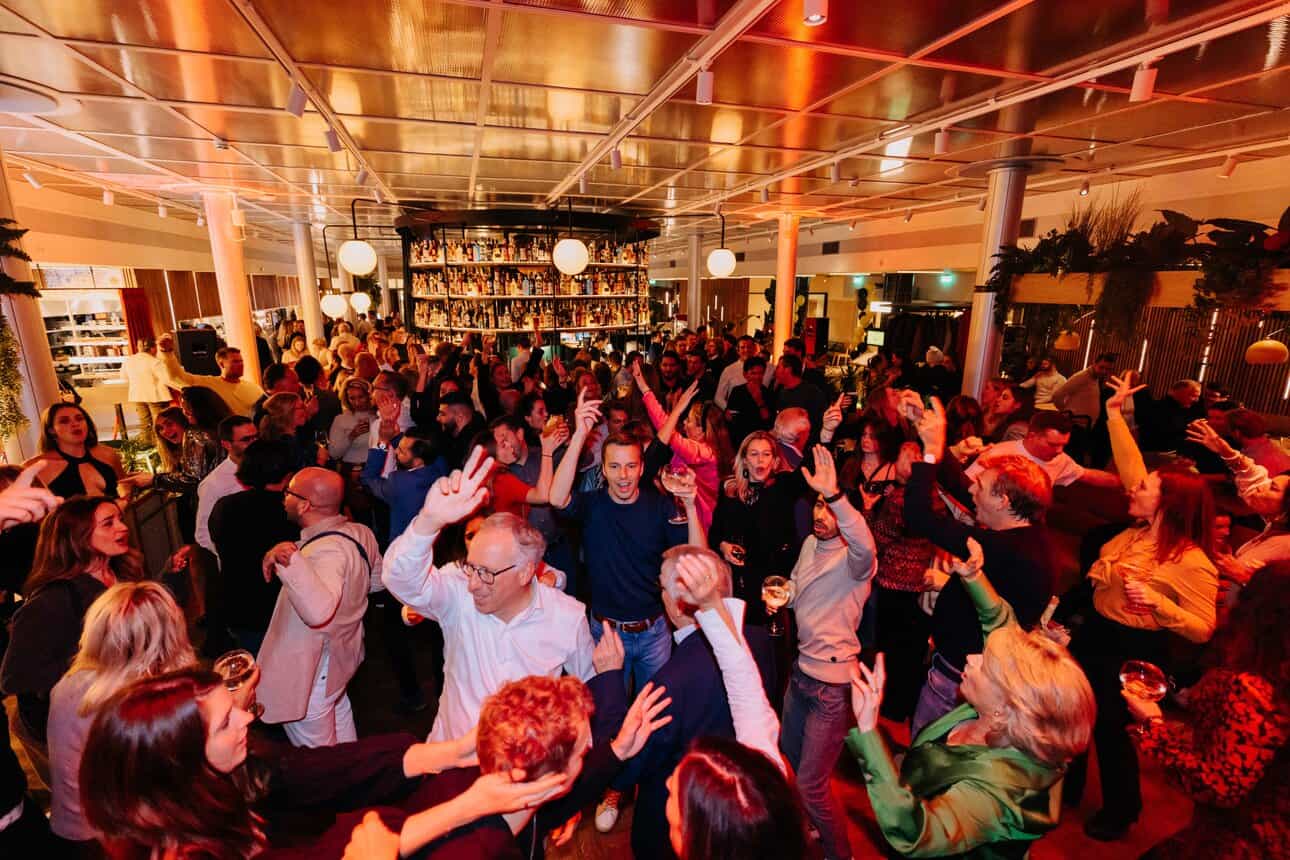ROTTERDAM, 2 October 2025 – Rotterdam The Hague Airport has submitted an application for a new luchthavenbesluit (airport decree) to the Ministry of Infrastructure and Water Management. The proposal aims to reduce noise and emissions while safeguarding the airport’s regional function.
What is an airport decree?
An airport decree sets the official framework for an airport, defining its location, runway length and width, and the types of traffic permitted, both now and in the future. It also establishes rules and limits on noise and environmental impact. Rotterdam The Hague Airport (RTHA) currently operates under a transitional arrangement that must be replaced by a full decree under the Aviation Act (Wet Luchtvaart).
Background to the new request
Until May 2013, RTHA operated under a designation order. This was replaced by the current conversion arrangement, which now needs to be superseded. Between 2019 and 2022, the airport held a participation process with residents, municipalities and other stakeholders. The discussions did not result in one single consensus scenario, but they produced a joint document (the EPP) with different measures and proposals. This document forms the foundation of the current application.
Main principles of the application
The airport’s proposal places “less nuisance” at the centre, with five key commitments:
- Fewer night flights: a stricter regime on business aviation at night and earlier cut-off for delayed commercial flights (midnight instead of 01.00).
- Protection of early and late hours: limits on departures between 07.00 and 09.00 and arrivals between 21.00 and 23.00, with a gradual requirement for quieter aircraft.
- No additional fossil-fuel flights: extra flights on conventional fuel will not be permitted. Any future growth must use electric, hydrogen or fully sustainable fuels.
- Cleaner, quieter aircraft: incentives for airlines to deploy modern aircraft, with a goal of 20% less CO₂ emissions by 2035.
- Maintaining regional role: RTHA remains a hub for regional travel, emergency services and limited military use.
Environmental and economic balance
The accompanying Environmental Impact Report (Milieu Effect Rapportage, MER) examined multiple scenarios, from contraction to standstill and conditional growth. The chosen scenario balances financial viability with environmental goals: no increase in conventional flights, but space for innovation through quieter aircraft and sustainable fuels.
Next steps in the process
The Ministry of Infrastructure and Water Management will review the application and draft a concept decree. This draft will be made public, allowing stakeholders and residents to submit formal responses (zienswijzen). Previous phases, such as the Scope and Level of Detail document (Notitie Reikwijdte en Detailniveau, NRD) and the MER, were also open for comment.
What it means for Rotterdam
For surrounding neighbourhoods, the plan aims to reduce noise, particularly at night and during early morning and late evening hours. For the city and region, the decree safeguards the airport’s role in connecting travellers and businesses, while setting conditions that tie any future growth to cleaner technology.

